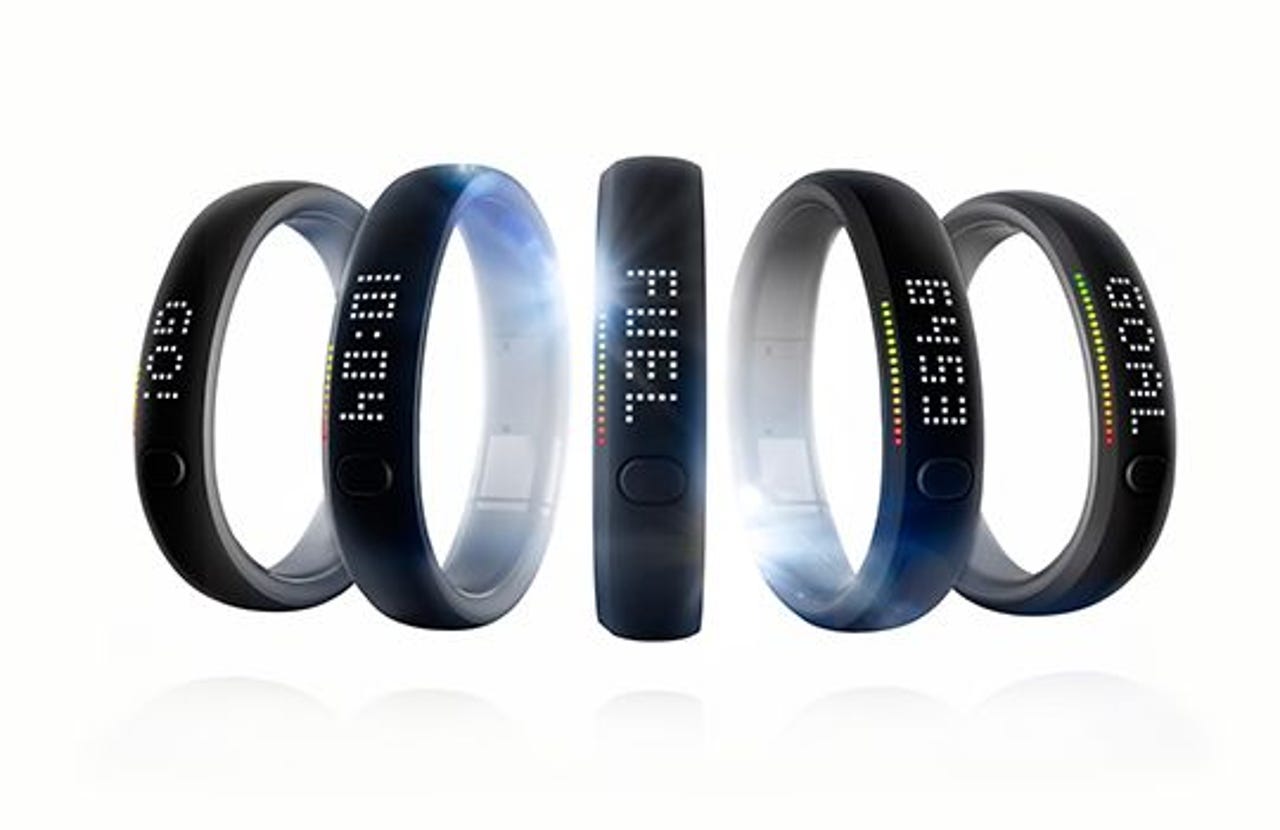Why an Apple iWatch isn't so far-fetched


Look, I'm as skeptical as you when I hear rumors about an Apple iWatch.
Does the Cupertino, Calif.-based company need a new hit? Sure. Has Google Glass ignited our imaginations for electronics that don't come in a rectangular block of plastic and glass? Absolutely. But Apple has never been one to be first—just best. The company usually hangs back, lets early attempts fail and then delivers the definitive product that actually creates the mass market for a particular segment.
A new report from the clumsily named MarketsandMarkets, a Dallas-based research company, estimates that the wearable electronics market will grow in revenue from today's $2.7 billion to $8.3 billion by 2018. That's more than triple what it is today in five years' time—a compound annual growth rate of almost 18 percent.
If you're like me, your first thought is: $2.7 billion today? Really?
In a word, yes. Of all wearable electronics, those that are worn on the wrist account for the largest share; the research firm estimates revenue for this group to be $877 million. (Examples: Nike's FuelBand, which is pictured above, or Jawbone's Up bracelet.) The smallest share right now? Neck-worn electronics, despite the enduring popularity of the necklace. Falling somewhere in between would be products like Glass (glasses!) and FitBit, a USB drive-sized device you can clip anywhere on your person.
As you would expect, this market is driven by the consumer segment; enterprise and industrial use came in dead last, with just $73 million in spend. But here's the catch: enterprise and industrial application is expected to grow the fastest among the different segments, at a compound annual growth rate of 21.14 percent, through 2018. North America will dominate the global spread, though the Asia-Pacfic region will grow the fastest, the research firm predicts.
Consumerization of IT? You betcha.
What that will look like in the office is anybody's guess. The "wearable electronics" designation includes "smart" textiles and skin patches; you can easily see how the former could be applied to athletics and the latter to healthcare.
As for me, I'm still waiting on the gadget that will fetch me another cup of coffee. That's the kind of office productivity I think we can all agree on.